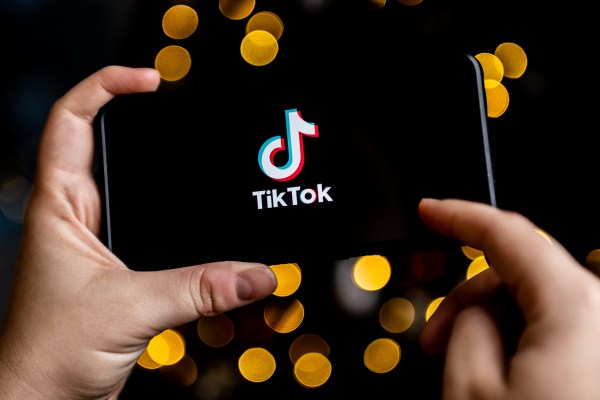TikTok is revamping its system for paying creators. With its new Creativity Program, which incentivizes users to make videos longer than one minute, the platform estimates that creators can make more than 20 times what they were previously earning on TikTok. This is great news for more chatty TikTokers, but for other creators, TikTok’s payouts have never been that helpful to begin with.
Starting on December 16, creators in the United States, the United Kingdom, France and Germany will be shifted over to TikTok’s Creativity Program, rather than its existing Creator Fund. Despite the confusingly similar names, the two programs are distinct. Under the old $1 billion Creator Fund, eligible creators would get payouts proportional to how many views their videos got. But the platform quickly outgrew the $1 billion fund, meaning that creators could post a video that got millions of views, but get paid about enough money to buy a coffee. While $1 billion sounds like an unfathomable sum, YouTube — which shares advertising revenue — paid creators $30 billion in three years.
Given how negligible Creator Fund payouts are, TikTok pivoted to a new idea: the Creativity Program. The biggest difference between the two strategies is that the Creativity Program only allows users to monetize content longer than one minute.
“It has impacted my wallet positively as a long-winded person,” Amanda Golka, the creator behind Swell Entertainment, told TechCrunch. Golka’s primary platform is YouTube, where she posts long-form commentary videos about media and culture. But she’s noticed that on TikTok, some creators who gravitate toward short clips have been trying to lengthen their videos to mixed results.
“It’s lead to more filler in storytimes, I’m noticing,” she said, referring to storytime style TikToks where people share tales from their lives. It reminds her of a similar phenomenon that took place on YouTube a few years back — creators realized that YouTube’s algorithm was prioritizing longer content, so of course, they started making lengthier videos. While some of us will gladly watch an hour-long video about the most unhinged moments from “Glee,” not all creators can transition to longer videos without sacrificing the ability to keep viewers entertained.
Lindsey Lee Lugrin, CEO of the “Glassdoor for influencers” FYPM, surveyed her Instagram followers about their reactions to TikTok’s monetization changes. She told TechCrunch that from her survey, some creators with longer videos reported earning 10 times more money in the Creativity Program than they did in the Creator Fund. Others felt jaded about even trying out the new program, since they’d given up on making money directly on TikTok so long ago. Some felt that the requirements to join the program were too high — to be eligible, a TikToker needs to be at least 18 years old and have at least 10,000 followers and 100,000 views in the last 30 days.
Another key pain point about the Creativity Program is that creators can only monetize videos with royalty free music. TikTok trends often revolve around copyrighted music, from Olivia Rodrigo’s new album to Kate Bush throwbacks. So, this could be limiting for some creators, but TikTok is likely doing this because the platform makes more money off of videos that don’t feature licensed music.
“We developed the Creativity Program based on the learnings and feedback from the Creator Fund, and we’ll continue listening and learning from our community as we explore new features and enhance existing ones to further enrich the TikTok experience,” TikTok spokesperson Maria Jung said in an email to TechCrunch.
As more creators onboard into the Creativity Program, it will become more clear whether TikTok’s own claims about its opportunities to make creators more money are true. For better or for worse, creators likely won’t see massive negative shifts in their income from TikTok… but unfortunately, that’s because they haven’t been earning much from the platform as it is.
